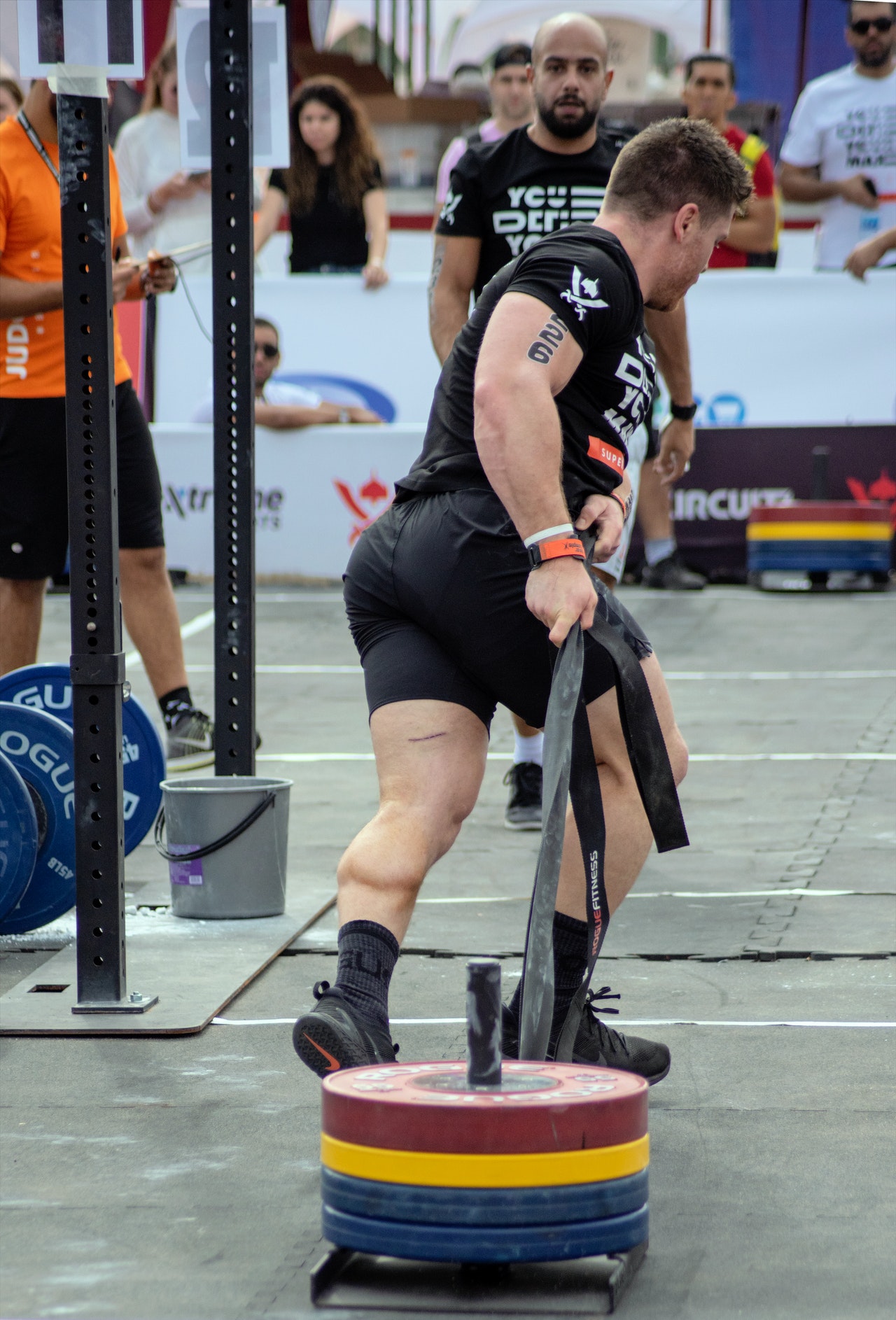Pulling In Your Learners
All teachers exert a gravitational pull on their learners. With learning activities, teachers determine what learners will focus on and how the learning will be centered. Will learners be pulled toward activities that help them construct their knowledge? Or will learners be pulled toward activities that passively disseminate knowledge?
 Learning activities have two main roles: to inform and to practice. Those roles can also impact the focus of your learning activities, influencing if they are teacher-centered or learner-centered. In many courses, the tendency is to have teacher-centered learning activities when informing and learner-centered activities when the role is practice. But it doesn’t have to be that way!
Learning activities have two main roles: to inform and to practice. Those roles can also impact the focus of your learning activities, influencing if they are teacher-centered or learner-centered. In many courses, the tendency is to have teacher-centered learning activities when informing and learner-centered activities when the role is practice. But it doesn’t have to be that way!
You can bring more learner-centered activities to your course by giving your learners an active role in assignments. When you design learner-centered activities, students are more likely to engage with their creativity and critical thinking. Role plays, self-selected reading assignments, writing a position paper on a controversial issue, etc., are just a few examples of activities that force learners to construct knowledge in an active way.
Teacher-centered activities such as lectures and worked examples often put learners in a passive role. It can also make it more difficult for learners to encode new information into long-term memory.
Think about it. Which of the following are learner-centered activities?
- Read Chapter 4 in your textbook.
- View the video “Negotiating Your Way to the Top.”
- Complete a simulation exercise on managing travel arrangements.
- Interview four individuals working in your field to create a list of job advantages and disadvantages.
- Observe the demonstration showing how to initiate an IV.
- Design a flowchart for the procedure described in your textbook.
- Identify examples and non-examples of a concept.
Answers: 3, 4, 6, 7
Read more:
Download a WIDS Asset:
1360